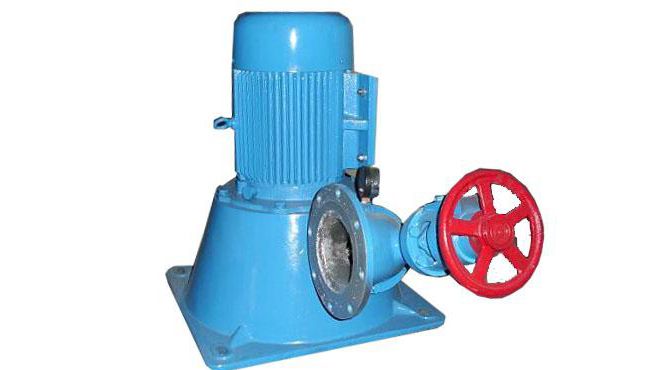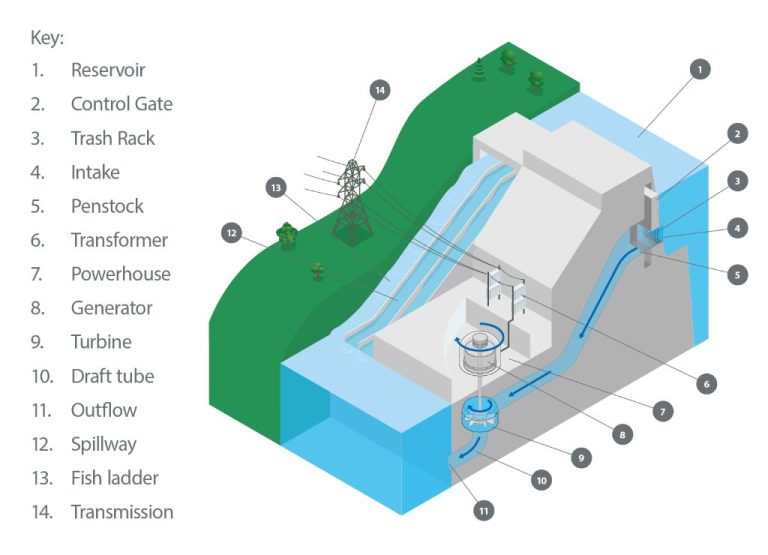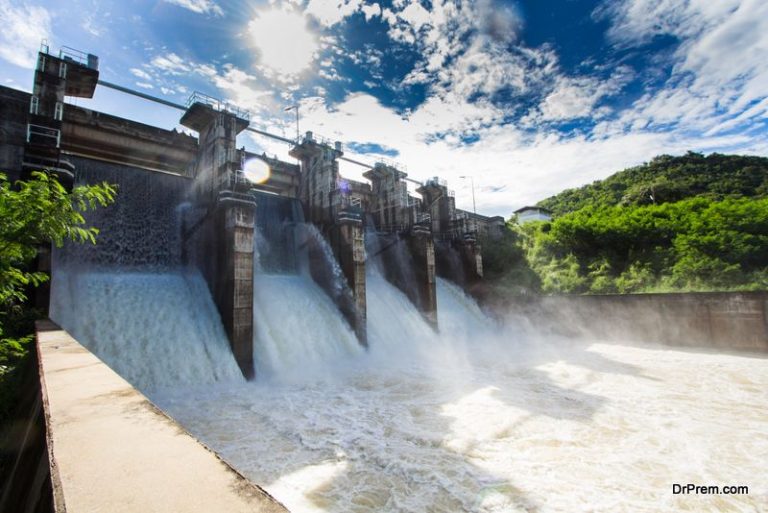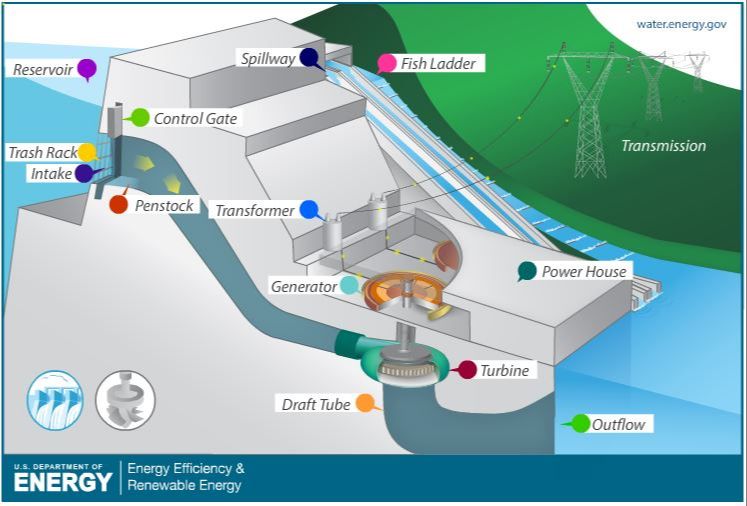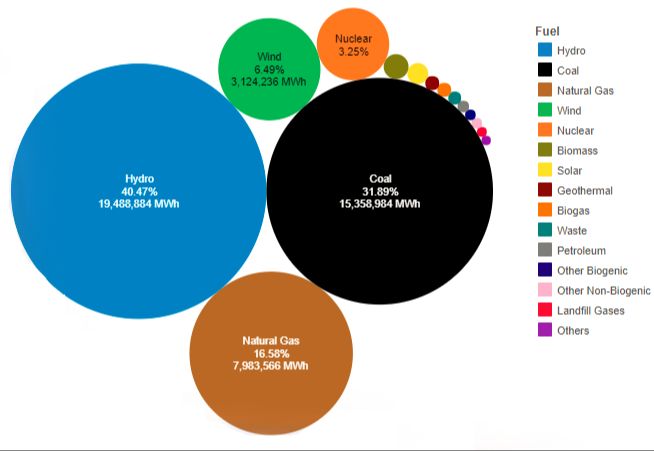How Can You Select The Location For The Hydro Power Plant?
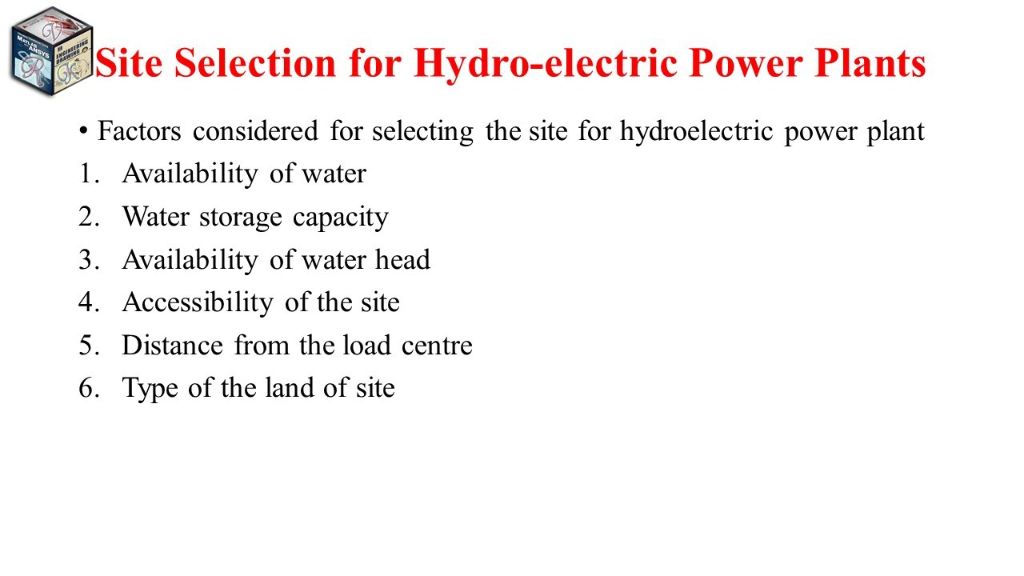
Hydroelectric power is a renewable energy source that relies on the natural flow of water to generate electricity. Some key benefits of hydroelectric power include its domestic availability, low operating costs, and lack of greenhouse gas emissions (https://www.energy.gov/eere/water/benefits-hydropower). However, hydroelectric facilities must be strategically located to maximize power generation and avoid environmental disruption.
Selecting the best site is crucial when developing a new hydroelectric plant. The location determines how much electricity can be produced and the economic feasibility of construction. Key factors to consider include river flow rate, head height, proximity to transmission grids, constructability, environmental impacts, community acceptance, and costs. This article provides guidance on evaluating potential locations based on these critical siting criteria.
River Flow Rate
The flow rate of the river is a critical factor in determining the potential energy generation of a hydroelectric power plant. The flow rate impacts how much kinetic energy is available to be converted into electricity by the turbines and generators. Flow rate is measured in cubic meters per second (m3/s) or cubic feet per second (cfs) (Hydro Flow Rate Data).
There are often significant seasonal variations in river flow rate that must be taken into account. Rivers fed by snowmelt or rainfall will have higher flows during spring and periods of heavy precipitation. Flow rates tend to be lower in summer and winter months. The minimum guaranteed flow rate needs to be sufficient to support power generation year-round (Hydro Plant Levels & Flows).
Average flow rates for large rivers suitable for hydroelectric plants are often in the range of 500-5000 m3/s. Smaller streams may have flows between 5-500 m3/s, depending on factors like drainage area and annual precipitation (Flowrates (m3/s) of rivers and streams in the region).
Head Height
Head height determines the pressure potential energy at a hydro power site. It refers to the vertical drop in meters between the water intake and the turbine outflow. As the International Journal of Research and Innovation in Applied Science notes, “Head is the vertical height through which water drops. The headrace is the channel that conveys water from the intake to the forebay tank at the top of the waterfall” [1].
The greater the head height, the more gravitational potential energy is available to generate electricity via the turbine. Head height must be measured precisely, as even small variations can impact power output. Typically, a minimum head height of 2-3 meters is required for a viable hydro site. However, sites with head heights of 20-250 meters or more are ideal. The head height, along with the flow rate, determines the power potential of a hydro site.
While large head heights indicate greater power potential, sites with low head heights can still generate substantial electricity depending on the flow rate. As Renewables First explains, “Low head hydropower systems with relatively high flow rates are now the most widely used sites for hydropower” [2]. So both head height and flow rate must be weighed when evaluating hydro power locations.
Proximity to Grid
Connecting to an electrical grid is an essential consideration when selecting a hydro power plant location. Being in close proximity to existing transmission infrastructure is advantageous to reduce electrical losses that occur during transmission over long distances. Extending transmission lines from the plant to connect to the grid may be required if an optimal hydro site is located far from existing infrastructure. The cost of extending transmission lines must be weighed, as longer distances will increase losses and construction expenses.
Ideally, a site should be chosen as near as possible to the electrical grid while still meeting other criteria like sufficient head height and water flow rate. A thorough evaluation of possible connection points to the grid and transmission line routes should be conducted when comparing potential locations. Proximity to the grid along with the expected transmission line lengths and construction costs should factor prominently into choosing the best site.
Constructability
Constructability is an important consideration when selecting the location for a hydroelectric power plant. The geology of the site can significantly impact constructability. Bedrock provides a more stable foundation for dams and powerhouses compared to loose soil. According to a report by the International Hydropower Association, “Suitable geology is key to ensuring a cost-effective design with minimal risks during construction and operation.” https://www.hydropower.org/publications/a-briefing-on-pumped-storage-hydropower Loose soils may require extensive excavation and stabilization. Bedrock allows for a more straightforward construction process.
The topography and available space must also be evaluated. Sufficient area is needed for access roads, construction equipment, buildings, and staging areas. Steep terrain and tight river valleys present construction challenges compared to flatter areas with more room. According to an article in Power Technology, “mountainous areas in particular provide tough terrains for transporting heavy equipment and construction material.” https://www.power-technology.com/features/hydropower-challenges-dams-world-projects/ Sites with limited space may require innovative construction methods or additional costs for land acquisition and rights of way.
Environmental Impact
Hydroelectric power can have significant impacts on wildlife habitats and water quality if not properly regulated and mitigated. Damming rivers to create reservoirs floods terrestrial habitats and alters downstream water flows, which can harm fish migration and spawning (Source). Reservoir stratification and reduced flows can also reduce downstream water quality.
In the United States, hydropower projects must comply with environmental regulations under the Federal Power Act and obtain licenses from the Federal Energy Regulatory Commission (FERC). FERC licensing involves multi-year studies of potential environmental impacts and negotiations with agencies and stakeholders to develop mitigation, monitoring, and management plans (Source). Endangered Species Act consultations with federal wildlife agencies are also required. Compliance with the Clean Water Act, National Environmental Policy Act, and other regulations is needed. Ongoing compliance with license conditions and adaptive management are critical throughout project operation.
Social Acceptance
Gaining acceptance from local communities is an important consideration when selecting the location for a hydroelectric plant. As noted in a 2022 study published in Springer’s book Public Acceptance of Renewable Energies, “Acceptance can be affected by concerns about drinking water quality, noise from hydropower plants and resettlement of communities” (source). Resettlement in particular can cause friction if not handled appropriately.
On the other hand, hydroelectric projects also present tourism and recreation opportunities that communities may welcome. As one expert wrote, “A multipurpose reservoir may have an attached park, walking trails, boating, fishing, swimming, picnicking and other activities that benefit the public” (source). Overall, substantial community engagement and benefit sharing is key for gaining social acceptance of a new hydroelectric plant.
Costs
The costs of hydroelectric power plants can vary significantly depending on the size, location, and specific design of the project. According to IRENA, the levelized cost of electricity (LCOE) for large hydropower projects typically ranges from $0.02 to $0.19 per kWh, with a global weighted average of $0.05 per kWh (1). Smaller projects under 10 MW can have higher costs in the range of $0.05 to $0.20 per kWh (1).
The main components of costs for hydro projects are construction, operation and maintenance. Construction costs make up the bulk of lifetime expenses, estimated at around 75-90% of total costs (2). These include civil works like dams, tunnels, and canals, as well as electro-mechanical equipment like turbines, generators, and transformers. Operation and maintenance costs are relatively low, estimated at 2-5% of total lifetime costs (2).
According to the International Renewable Energy Agency, construction costs for large hydro projects in North America averaged around $2,500 per kW in 2010 (1). More recent global estimates indicate average installation costs of $2,881 per kW in 2022 (3). Project development budgets can range from a few million for a small project up to several billion for a major dam.
(2) https://www.statista.com/statistics/799341/global-hydropower-installation-cost/
(3) https://www.wvic.com/Content/Facts_About_Hydropower.cfm
Selecting the Site
There are several key factors to weigh when analyzing potential sites for a hydroelectric power plant:
Water availability – The site needs abundant water flow year-round to generate consistent power. Areas with seasonal rainfall or droughts are risky.
Topography – An adequate head (vertical drop) is required to generate electricity. Steep, mountainous terrain is ideal. The site should also allow construction of dams, tunnels, and reservoirs. Bedrock is preferred over loose soil.
Proximity to grid – Being near existing transmission infrastructure minimizes costs of connecting to the grid. Remote locations require building new roads and power lines.
Environmental impact – The ecological effects on land, wildlife, and water quality must be assessed. Sites with sensitive or endangered species may face regulatory hurdles.
Social acceptance – Community displacement, loss of recreational areas, or impacts to indigenous lands could create local opposition. Prior consultation is advised.
Accessibility – Building roads, bridges, and tunnels to access remote sites substantially increases costs. Locations with existing infrastructure are preferred.
Based on these factors, Site A by the Green River scores highest. It has year-round water flow, steep elevation drop, solid bedrock, and is near existing transmission lines and roads. An environmental impact study shows minimal disruption. Though Site B boasts a larger head height, its remote location and potential impact on salmon spawning make Site A the recommended choice.
Conclusion
Selecting the optimal site for a hydroelectric power plant requires careful analysis of multiple factors. As discussed, key considerations include river flow rate, head height, proximity to the grid, constructability, environmental impact, social acceptance, and costs.
Thorough evaluation of all these elements is crucial, as the location can greatly influence the plant’s generating capacity, economic feasibility, and sustainability. Cutting corners during site selection could lead to suboptimal energy production or community backlash.
Looking ahead, hydropower will continue playing a major role in renewable energy production globally. The International Energy Agency projects a 17% increase in global hydro capacity by 2030. With careful site selection and environmental management, hydroelectric power can provide clean, reliable electricity far into the future.

